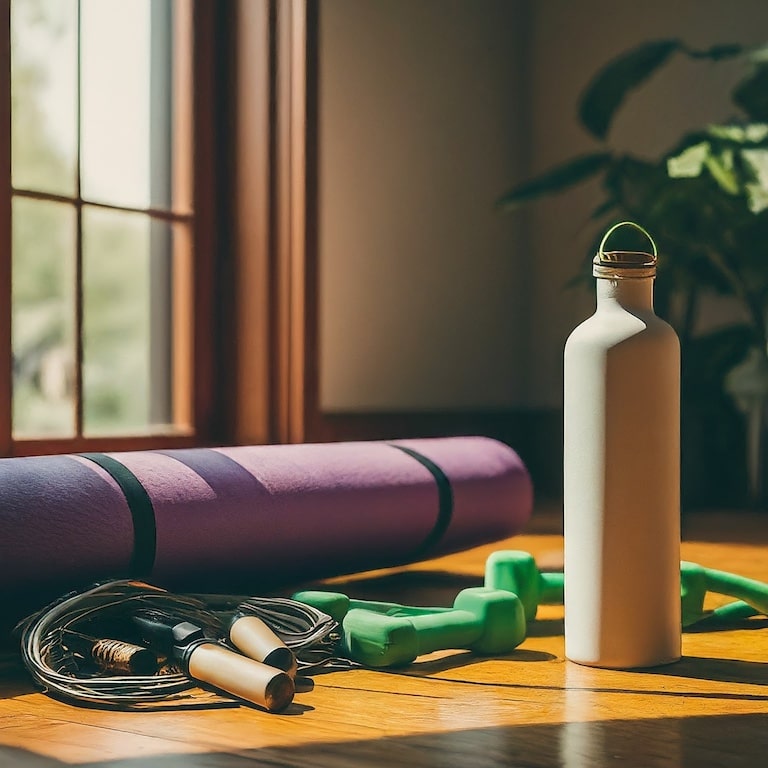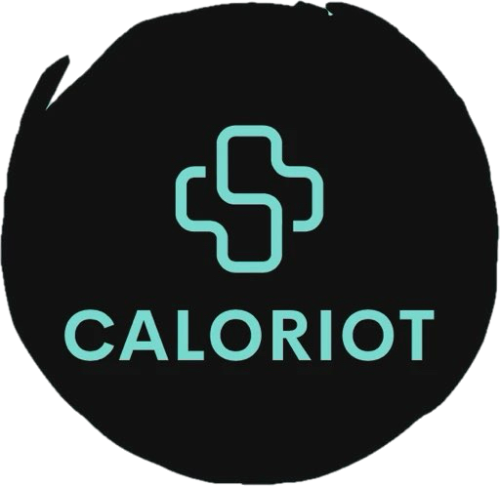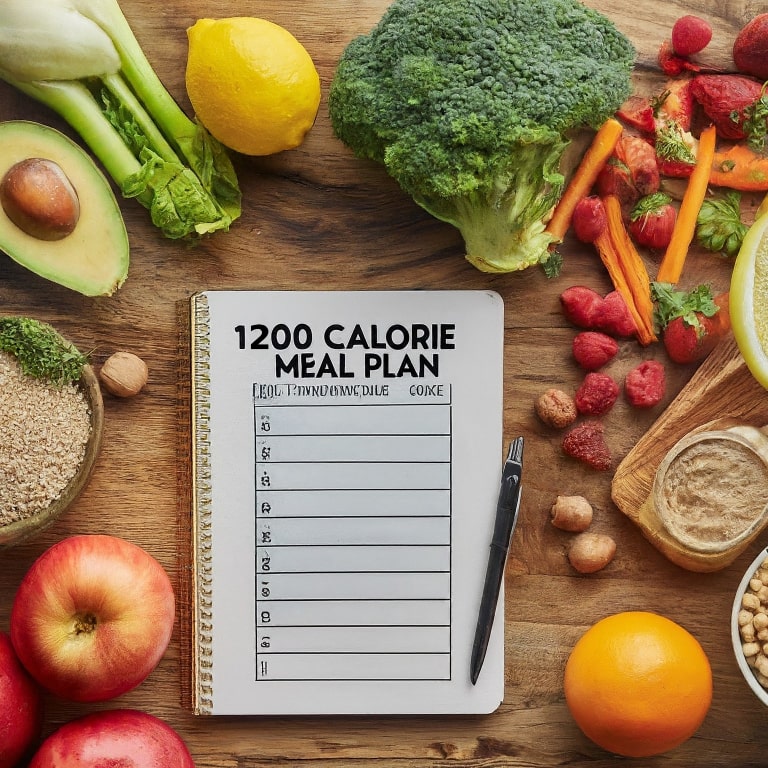Hey active peeps! Let’s talk about a hot topic: 1200-calorie meal plans.
You see them everywhere – online, in magazines – promising weight loss or body recomposition magic. But as someone who works with a lot of fitness enthusiasts (like you!), we know the struggle is real. Cramming enough protein, healthy fats, and energy-boosting carbs into 1200 calories while still feeling satisfied can feel like solving a Rubik’s Cube blindfolded.
Why You Might Be Considering 1200 Calories
Look, there are plenty of reasons why a 1200-calorie plan might be on your radar. Maybe you’re trying to shed a few pounds after a fun (but slightly indulgent) vacation. Perhaps you’re looking to tighten up for a race or competition. Whatever your goal, remember:
a 1200-calorie plan isn't a one-size-fits-all solution. It's crucial to chat with your doctor or a registered dietitian before diving in, especially if you have any underlying health conditions.
Making 1200 Calories Count: Your Macro Magic Trick
Ever heard of macros? They’re the building blocks of your diet: protein, carbs, and fat. For active individuals like us, protein is king. It helps build and repair muscle tissue, which is essential for recovery after those killer workouts. A good rule of thumb is to aim for 0.8-1 gram of protein per pound of bodyweight. So, if you weigh 150 pounds (68 kg), that’s roughly 120-150 grams of protein daily.
But don’t neglect carbs and fats! Carbs are your body’s preferred source of energy, and healthy fats keep you feeling full and support hormone health. Think of them as the trusty sidekicks to protein’s superhero.
Sample 1200-Calorie Meal Plan: A Day in the Life of an Active Eater
Alright, let’s get down to the delicious details – food! Here’s a 1200-calorie meal plan example to give you some inspiration. Remember, this is just a starting point, feel free to mix and match based on your preferences! Also, you can always download the entire meal plan as pdf for free!
Breakfast (around 350 calories):

Greek yogurt with berries and a sprinkle of chia seeds.
It’s packed with protein and keeps feeling full until lunchtime.
Scrambled eggs with veggies and a slice of whole-wheat toast is another great option.
Snack Time (around 150 calories):

A handful of almonds and dried cranberries
Mid-morning slump? Don’t reach for the donuts! A handful of almonds and dried cranberries provides a satisfying crunch of protein, healthy fats, and fiber.
Feeling fruity? Half a cup of cottage cheese with a sliced pear is another delicious and filling option.
Lunch (around 400 calories):

A tuna salad sandwich on whole-wheat bread with a side of baby carrots
Salads are great, but let’s be honest, sometimes you crave something more substantial. A tuna salad sandwich on whole-wheat bread with a side of baby carrots is a protein and fiber powerhouse.
Leftover grilled chicken or salmon with roasted sweet potato and broccoli is another winner.
Dinner (around 300 calories):

Salmon with roasted Brussels sprouts and quinoa
Dinner is your time to shine! Salmon with roasted Brussels sprouts and quinoa is a light yet satisfying option. Don’t be afraid to experiment with spices – a sprinkle of turmeric or cumin can add a flavor boost without extra calories.
Veggie stir-fry with tofu or tempeh is another great way to get your protein and veggie fix.
Building Your Own Plan: Your Recipe for Success
Now, before you run off and stock your pantry, let's talk about customizing this plan. Here are some tips:
- Variety is key: Don’t get stuck in a rut! Explore different protein sources, whole grains, and colorful fruits and veggies.
- Give preference to whole foods instead of heavily processed options: Opt for nourishing choices like chicken, fish, a variety of vegetables, whole grains, nuts, and seeds, as they make it easier to feel satisfied.
- Restrict the intake of added sugars and refined grains: If you indulge in sugary beverages, consider substituting them with unsweetened alternatives. Be vigilant about reading food labels to select packaged items with lower sugar content. When treating yourself, do so thoughtfully, categorizing indulgences on a scale from moderate to truly worthwhile. Opt for treats that are genuinely worthwhile to enhance your enjoyment and minimize the consumption of less satisfying foods.
- Portion control is your friend: Invest in measuring cups and spoons. It might seem tedious at first, but it helps you eyeball portions like a pro.
- Hydration hero: Don’t underestimate the power of water! Aim for eight glasses a day to stay hydrated and keep your energy levels up.
How much weight will you lose on a 1200-calorie diet?
The weight you’ll lose on a 1200-calorie diet largely depends on your current weight and activity level.
A report from Harvard Medical School suggests that losing 1 to 2 pounds (0.5 - 1 kg) weekly, considered safe by experts, requires consuming 500 to 1,000 fewer calories than your weight-maintenance count. If your daily maintenance is 2,200 calories, aim for a target between 1,200 and 1,700 calories.
You can easily determine your weight-maintenance calories using our calorie calculator.
If 1200 calories are more than 500 calories lower than your weight-maintenance target, you can expect to lose more than 1 pound (0.5 kg) per week.
Staying Fueled for Fitness: Pre- and Post-Workout Nutrition
Remember, that 1200-calorie plan needs to work for your active lifestyle. Here’s the thing about exercise – it burns calories, but it also puts a demand on your body. To perform at your best and recover properly, you need to be strategic about what you eat before and after your workouts.

Pre-Workout Fuel: Power Up for Performance
Think of your pre-workout meal as the gas in your car’s tank. Aim to eat something small and easily digestible 1-2 hours before you hit the gym. Here are some ideas:
- Banana with a tablespoon of almond butter: This classic combo provides a good balance of carbs and protein for sustained energy.
- Greek yogurt with berries: This option is light on the stomach but still packs a protein punch.
- Oatmeal with a scoop of protein powder: Quick and easy, this pre-workout fuel provides complex carbs for sustained energy and protein for muscle repair.
Need a Quick Boost?
Running short on time? If your workout is within an hour, a small piece of fruit or a handful of dried fruit can give you a quick energy boost.
Post-Workout Feast: Refueling for Recovery
After your workout, your body is in prime recovery mode. This is the time to replenish glycogen stores (your body’s stored energy) and provide protein for muscle repair. Aim to eat a well-balanced meal within 30-60 minutes of finishing your workout. Here’s what your post-workout plate might look like:
- Grilled chicken breast with brown rice and roasted vegetables: A classic for a reason! Lean protein, complex carbs, and essential vitamins and minerals – it ticks all the boxes.
- Salmon with quinoa and a side salad: Another protein and healthy carb powerhouse for optimal recovery.
- Protein smoothie with banana, spinach, and almond milk: This is a great option if you’re short on time but still need a good dose of protein and nutrients.
Bonus Tip: Don’t forget to rehydrate after your workout! Water is always your best bet, but if you’ve had a particularly intense session, consider a sports drink to replenish electrolytes.
Remember, You’ve Got This!
Following a 1200-calorie meal plan while staying active can be totally doable. By focusing on whole, unprocessed foods, getting enough protein, and tailoring your pre- and post-workout meals, you can fuel your body for amazing results. Here are some final words of encouragement:
Don't be afraid to experiment: Find healthy recipes that you actually enjoy eating. There's a whole world of delicious and nutritious food out there waiting to be explored.
Listen to your body: Pay attention to your hunger and fullness cues. Don’t restrict yourself to the point of feeling deprived.
Celebrate your progress: Whether it’s hitting a new personal best or simply feeling more energized throughout the day, acknowledge your accomplishments!
Remember, we’re always here to cheer you on. If you have any questions or need help customizing this plan, feel free to reach out to a registered dietitian. We can work together to create a personalized approach that fits your lifestyle and goals. Now get out there and crush your fitness goals!

